Mt. Baker
 Mid-October is getting toward the end of the good weather in the North Cascades. I took advantage of a nice day today to head up toward Mt. Baker to photograph the mountain and the rugged crevasses and seracs on the lower portion of the Coleman glacier. I made this self-portrait at the high point of my hike, a bit over 5900 feet elevation. The crevasse I’m stradling wasn’t very deep so I felt comfortable going out on the glacier by myself without an ice axe. However, I didn’t go any farther than where I’m standing.
Mid-October is getting toward the end of the good weather in the North Cascades. I took advantage of a nice day today to head up toward Mt. Baker to photograph the mountain and the rugged crevasses and seracs on the lower portion of the Coleman glacier. I made this self-portrait at the high point of my hike, a bit over 5900 feet elevation. The crevasse I’m stradling wasn’t very deep so I felt comfortable going out on the glacier by myself without an ice axe. However, I didn’t go any farther than where I’m standing.
The weather wasn’t as good as I’d hoped for. The blue sky in the photo was only in evidence for a short time about 3 pm, but it couldn’t have been timed any better. Most of the time the sky was a hazy white with thin, high clouds signaling an approaching front which will probably bring rain on Monday.
The Coleman glacier, which flows north off Mt. Baker and terminates into Glacier Creek, is heavily crevassed and the lower portion has substantial seracs. A climbing class of more than a dozen students was busy practicing their ice climbing on the glacier below me. I tried that once, in about the same place, and decided ice climbing isn’t for me. Maybe I gave up too easily and I should try again.
Several creeks cross the Heliotrope Ridge trail as it winds its way up toward the glacier. The higher elevation crossings were challenging because of ice on the rocks. In mid-summer the challenge is huge water flows from melting snow, but that wasn’t the issue today. In one case I threw a bunch of small stones at the ice to break it off the rocks so I could have a firm place to stand mid-stream. I really didn’t want to get wet or injured.
All told, I hiked about 6 miles with 2300 feet of elevation gain and loss today. If I hadn’t gone to the mountains I could have gone kayaking, bicycling, or worked in the garden.


 Toad Lilies are bulbs that bloom late in the season, adding a little color during that transition period between summer and autumn here in the Northwest. There are several species and varieties, but from the ones I’ve seen, they’re mostly shades of purple, with up-facing blossoms on stems that are about waist high or a little higher.
Toad Lilies are bulbs that bloom late in the season, adding a little color during that transition period between summer and autumn here in the Northwest. There are several species and varieties, but from the ones I’ve seen, they’re mostly shades of purple, with up-facing blossoms on stems that are about waist high or a little higher.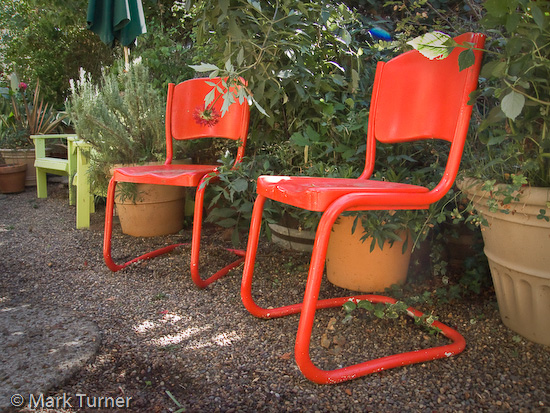
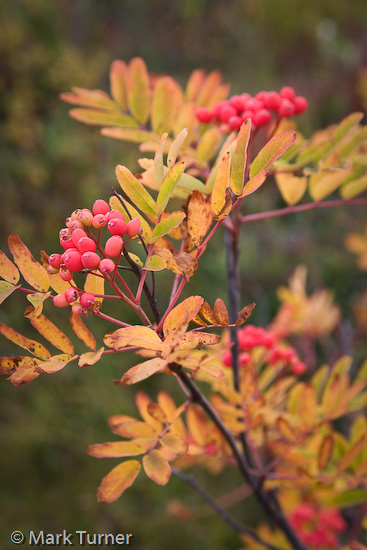
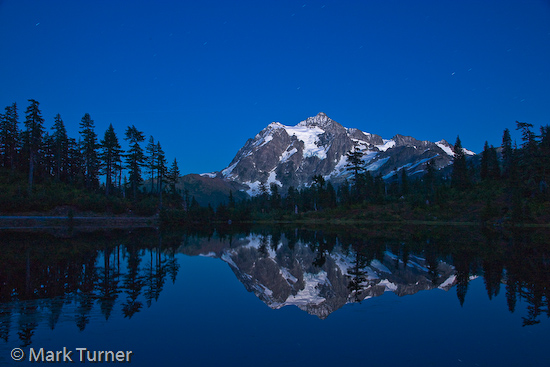
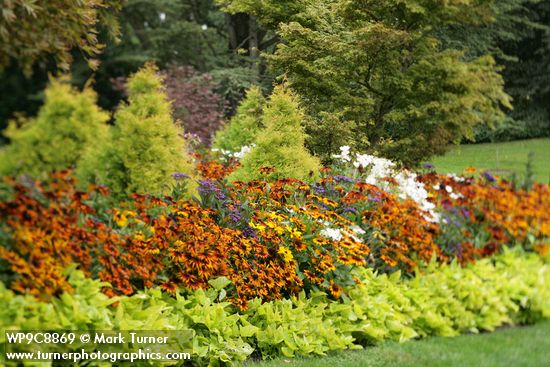
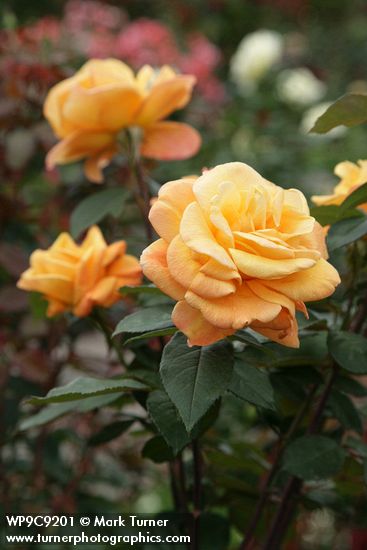 Monday our busses took us to the
Monday our busses took us to the 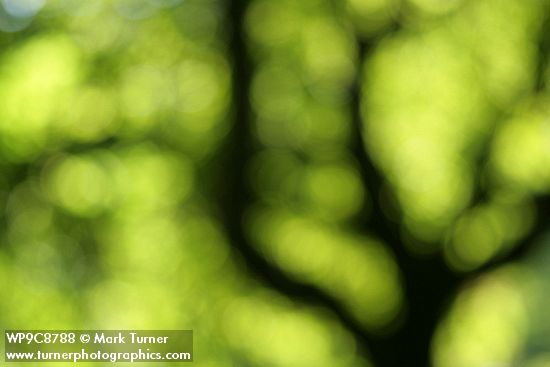
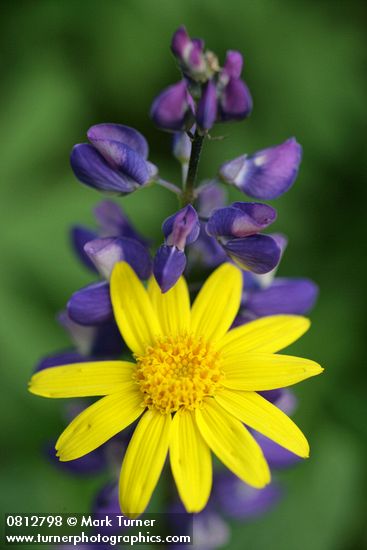 Colors on the opposite side of the color wheel make great contrasting combinations, like this Mountain Arnica (Arnica latifolia) blossom set against Broadleaf Lupine (Lupinus latifolius). This pair also shows a contrast between the radially symmetrical ray flowers of the Arnica and the pea flowers of the Lupine. Spiky vs. rounded. Sharp foreground vs. soft-focus background.
Colors on the opposite side of the color wheel make great contrasting combinations, like this Mountain Arnica (Arnica latifolia) blossom set against Broadleaf Lupine (Lupinus latifolius). This pair also shows a contrast between the radially symmetrical ray flowers of the Arnica and the pea flowers of the Lupine. Spiky vs. rounded. Sharp foreground vs. soft-focus background.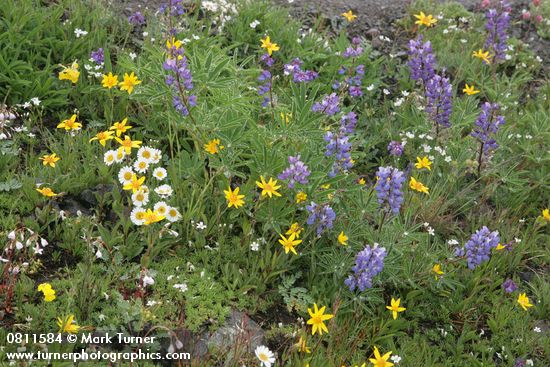
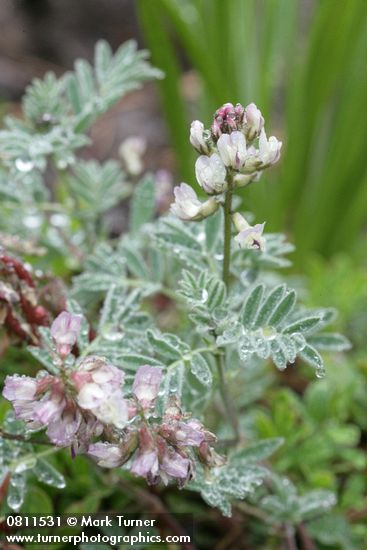 Those of us who live on the wet west side of the Cascades learned quickly that if we stay home because it’s raining we’ll never get out and do anything. That doesn’t mean it’s more fun to go out in the rain, just that it’s a fact of life. The hike to Mount Townsend was a Botany Washington field trip to see the diverse alpine flora, including the rare and endemic Olympic Milkvetch (Astragalus cottonii). We found it before the rain started, but glistening with dew drops from the cloud that enveloped us. This was the first time I’d seen this species in bloom, although I’d seen its very showy inflated seedpods a few years ago on another Olympic hike.
Those of us who live on the wet west side of the Cascades learned quickly that if we stay home because it’s raining we’ll never get out and do anything. That doesn’t mean it’s more fun to go out in the rain, just that it’s a fact of life. The hike to Mount Townsend was a Botany Washington field trip to see the diverse alpine flora, including the rare and endemic Olympic Milkvetch (Astragalus cottonii). We found it before the rain started, but glistening with dew drops from the cloud that enveloped us. This was the first time I’d seen this species in bloom, although I’d seen its very showy inflated seedpods a few years ago on another Olympic hike.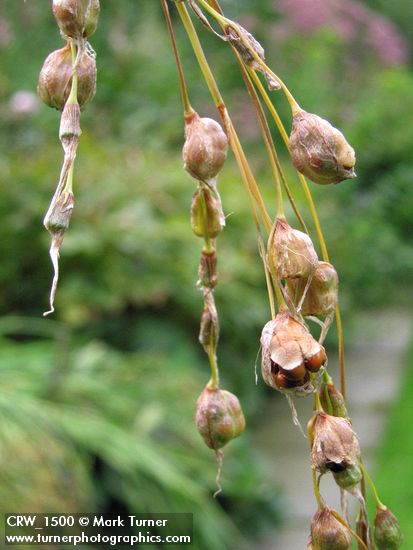 There are some things that the little camera does very well and others that are more challenging. This shot, of Fairy Wands seeds, is one of those things that’s more difficult to do with a pocket camera for a couple of reasons. First, it focuses closest at the widest setting of the zoom lens. Second, the sensor is pretty small. Both factors generally lead to great depth of field so blurring the background is hard to do.
There are some things that the little camera does very well and others that are more challenging. This shot, of Fairy Wands seeds, is one of those things that’s more difficult to do with a pocket camera for a couple of reasons. First, it focuses closest at the widest setting of the zoom lens. Second, the sensor is pretty small. Both factors generally lead to great depth of field so blurring the background is hard to do.